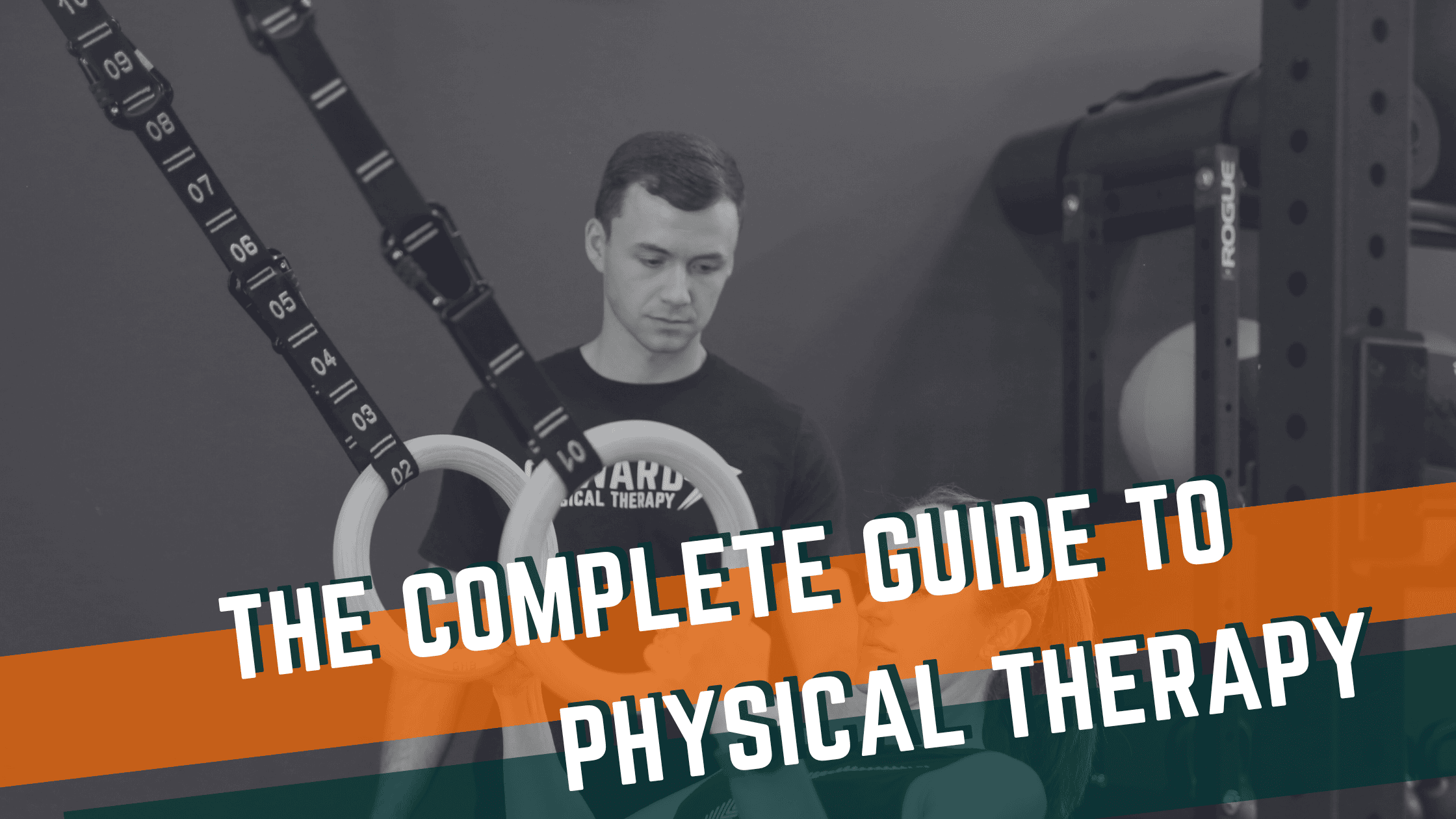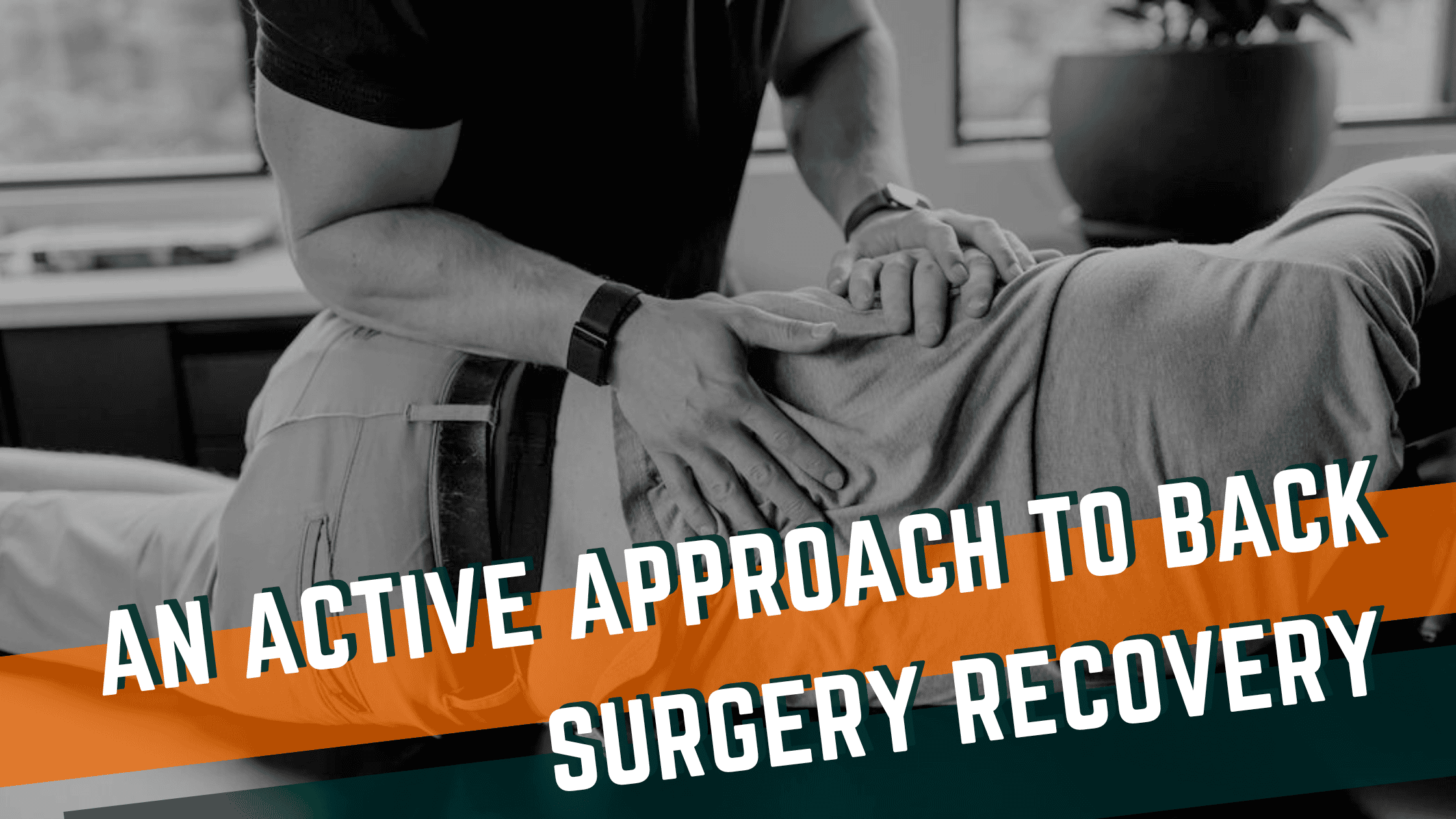
Back surgery, whether it’s for a herniated disc, spinal fusion, or another spinal issue, can be life-changing. Nobody wishes to be in this position, but if you are there is hope! While surgery often relieves pain and restores mobility, the path to full recovery involves more than just resting and waiting for your body to heal. Taking an active approach to recovery is essential for regaining strength, mobility, and confidence in your daily activities. We know pain is sometimes debilitating, but the thought of giving up what you love to do the most is what really hurts. This guide will provide strategies to help you recover more effectively and maintain your long-term back health as you return to the REAL you.
- Respect The Process
Your first week you should prioritize healthy healing. Your surgeon’s post-operative care plan is designed with your specific procedure and health condition in mind. Make sure you focus on these 3 suggestions often provided by your surgeon—but do so with an ACTIVE mind. Oh, and of course, connect with your PT ASAP.
- Wound care: Keep the surgical site clean and dry to prevent infection.
- Medication: Take prescribed painkillers or muscle relaxants as directed.
- BUT! Listen to your body, if you feel you can wean down quickly this would be ideal for allowing your whole body as a system to experience optimal healing. Our goal is often to have people off narcotics withing 3-7 days.
- General Activity: Be smart and use your precautions as a guide. Slowly integrate movement on a “feel it out” basis. Your body won’t trick you. If you ease in and it feels acceptable, continue. If you notice “threatening” symptoms it would be best to moderate this activity.
- Work directly with your PT on figuring out the best progressions for you.
- Stay Active, But Listen to Your Body
This deserves a whole section. Current healthcare is often overwhelming and can present as fearful when movement and surgery are discussed. Immobility can lead to stiffness, fatigue, and mental stress. OUR BODIES NEED MOVEMENT. Use this guide as a good start to keep your body and mind thriving to the best of their ability during this process. Always approach with a “live to fight another day” mindset, meaning start small and progress smoothly to avoid relapse.
- Walks: Simple and effective. The benefits of walking are robust during a healing process but are mostly linked to the cardiovascular pump it provides to help with pain and inflammation. Safe on the back and innate to our bodies, take advantage of small walks starting with 5-10 mins a few times per day and progress over the days if pain remains manageable. Progress at 5 min increments.
- Biking: This could be your level 2. Often biking is non-provoking and allows for slightly more intensity. Aka, you start to feel like you have something to give! Adjust seat height and handle height if possible, to sit taller which may be more comfortable. Working with your PT you could consider longer rides or even short HIIT style rides.
- Yoga: You may not be ready from inversions or crazy flow sessions, but gentle stretching and yoga poses discussed with your PT would be a great way to improve tissue mobility and start to decrease sensitivity to movement early on.
- Lifestyle Management
What we chose to do during our life on a day-to-day process must become optimized to see the best and most efficient healing process during recovery from back surgeries. We typically talk about 4 pillars of lifestyle management: exercise, nutrition, sleep, and social/mental health. We have discussed the exercise and activity portion for early phases of healing, but how do we maximize the other 3?
- Nutrition: Focus on clean eating through whole foods. Moderate sugar intake and processed foods to reduce inflammatory triggers. Prioritize protein as it is the building block to tissue recovery. Many times, we suggest around 1g or protein per ideal lean body weight. (ie. 150lbs person eating 135-150 g/day). Finally, drink water and hydrate regularly, roughly half your body weight in oz of water daily.
- Sleep: Everything important happens during sleep, especially following big events like back surgery. Tissues heal, the brain rejuvenates, and you prepare for your existence the following day. Focus on finding comfortable positions that ALLOW YOU TO SLEEP. Use pillows and props. Keep the room dark and cold. If you need a nap, maximize that in your plan throughout the day as well.
- Mental/Social Health: Just because you had back surgery doesn’t mean it has to become your identity during the healing process. Play games, hangout with friends and family, listen to music, get out into the community. Plan for some adjustments that may need to be made, but don’t AVOID your life. Use your life to help you heal.
- Start with gentle exercises under the supervision of your physical therapist, and progress to more challenging activities as your healing progresses.
We hope these 3 points get you off to a good start on your journey to return to the REAL you after your back surgery. Focus on early healing, positive movement, and lifestyle management to see the best outcomes. Don’t underestimate the benefits of a skilled physical therapist that understand you and this journey. These 3 points are where we start, but not how we finish. Your physical therapist should speak your language, help you build confidence, and have a clear plan in place on how you will build a strong and healthy back. Make sure your rehab matches your goals. You’ve invested in your healing through this back surgery, it’s time to maximize your outcomes and build back better than ever. Contact Onward Physical Therapy today!
Recent Articles
Why Early Intervention Physical Therapy Accelerates Your Recovery
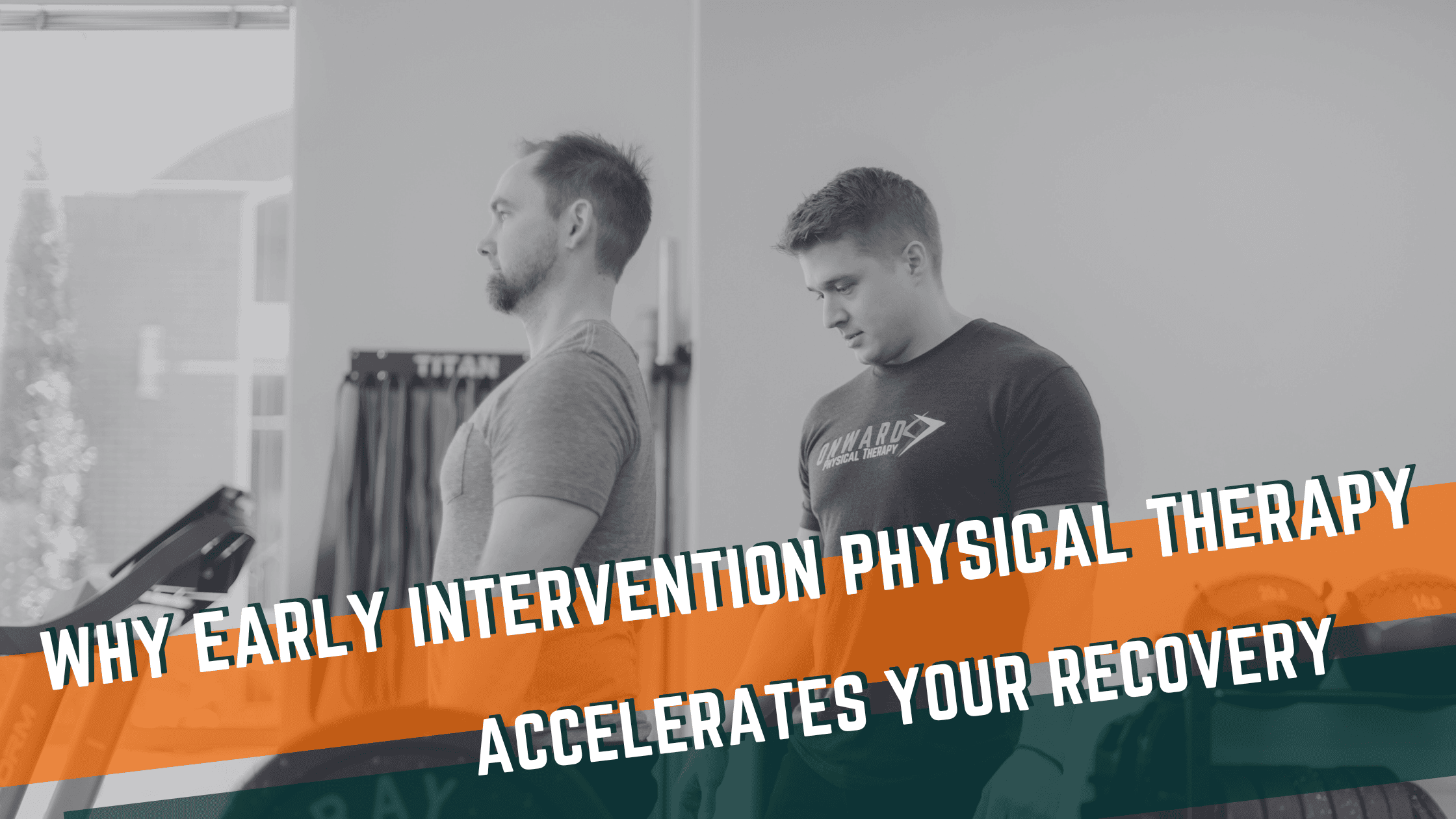
What to Expect at Your First Physical Therapy Session?
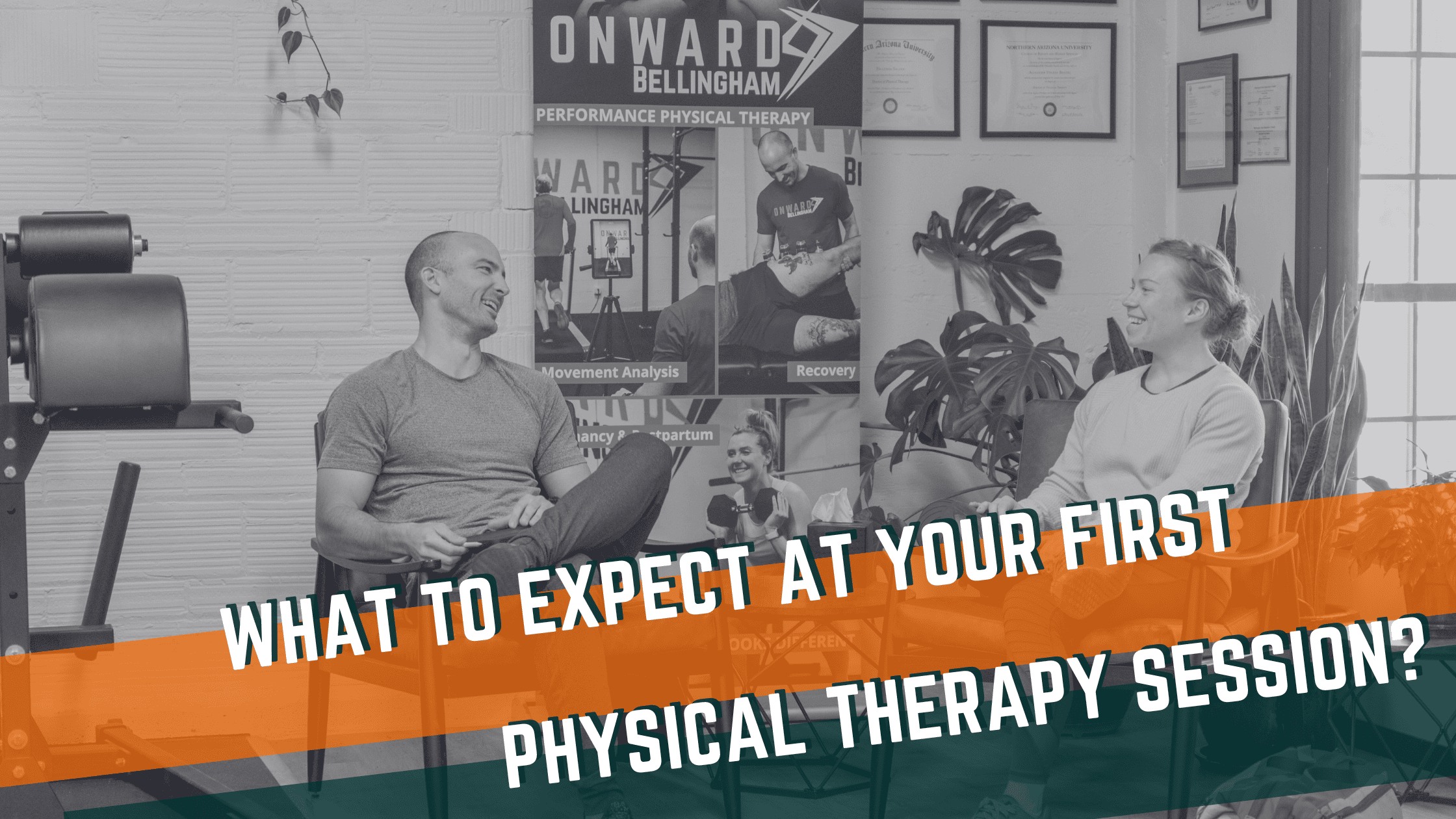
How to Choose a Physical Therapist
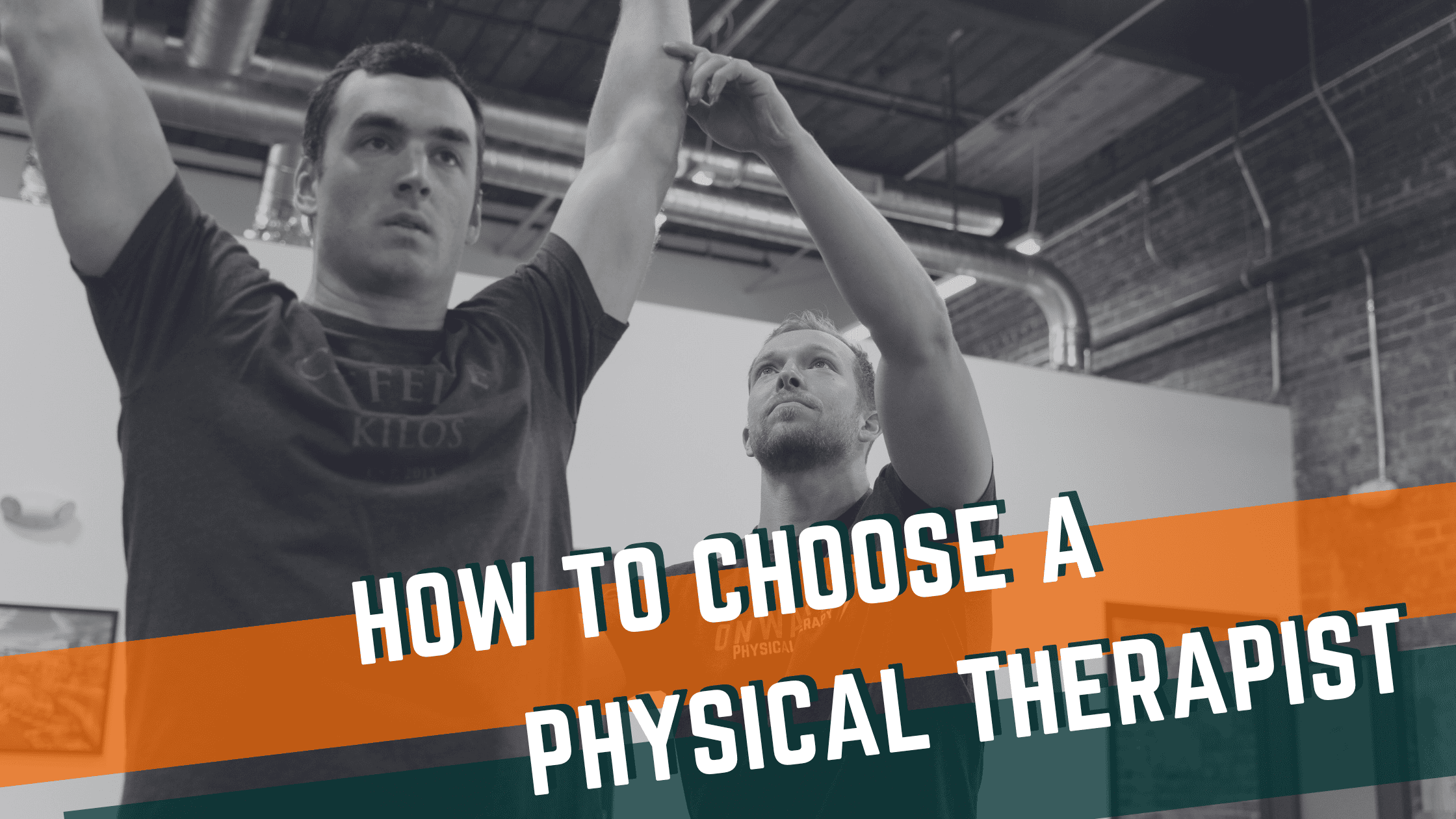
The Top 5 Misconceptions About Physical Therapy
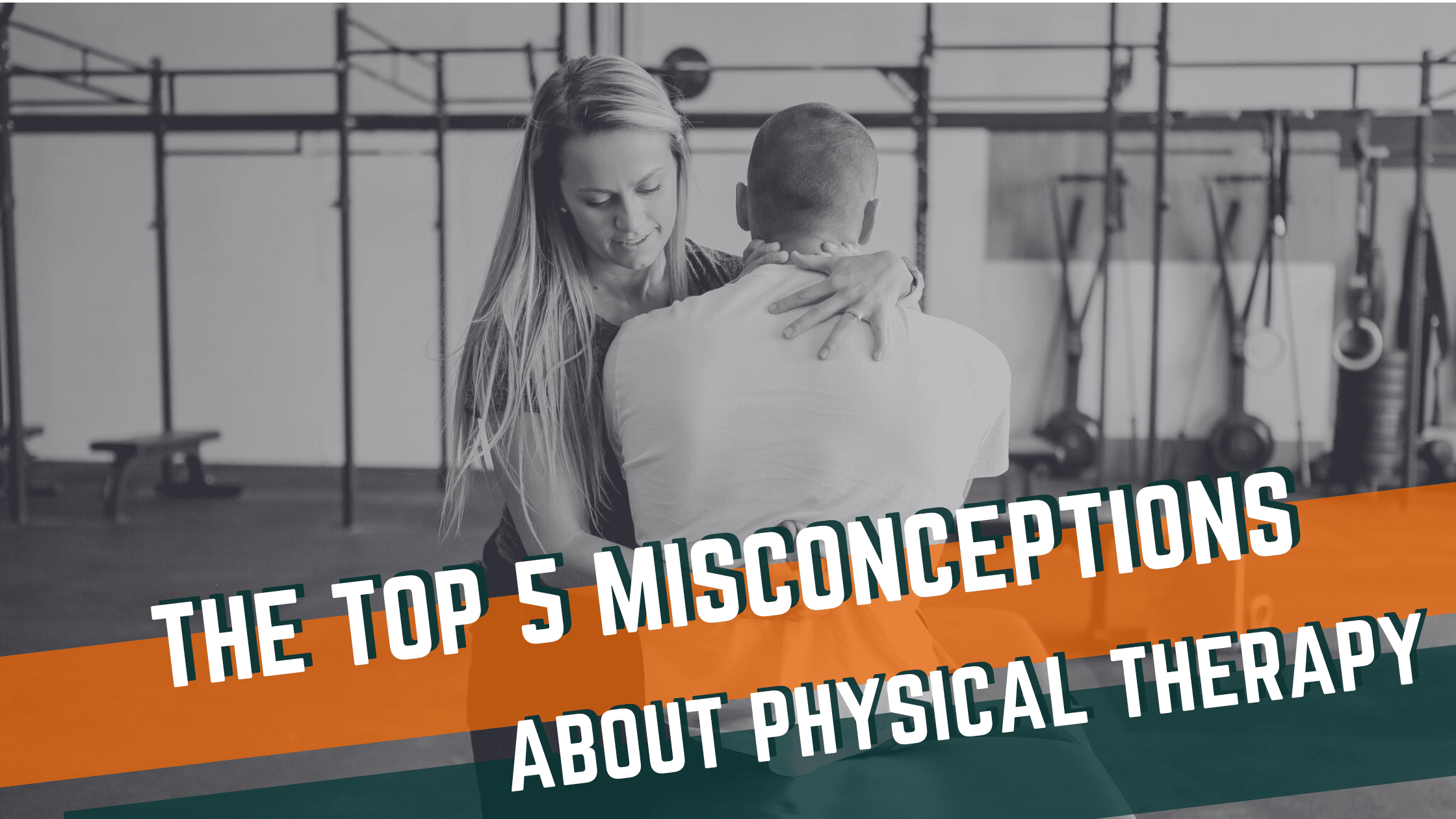
The Complete Guide to Physical Therapy
